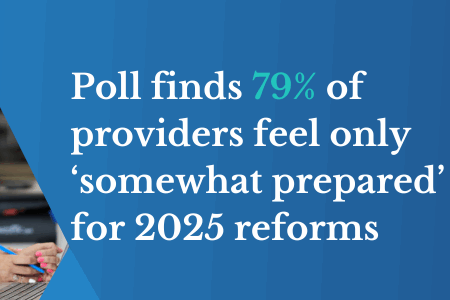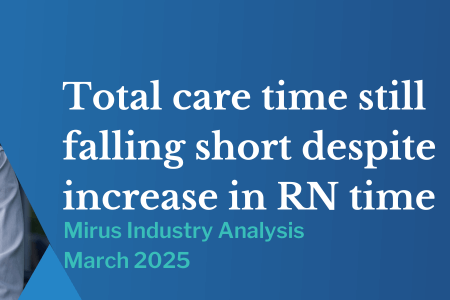What’s going on with home care fees?
September 2, 2015 | Aged Care Finance

Home care forms an essential aspect of our aged care sector. Along with residential facilities, the option provides greater choice for older Australians, ensuring they're able to remain in their own homes as long as possible, while still receiving a high level of care.
In fact, many elderly Australians and their families would seem to agree, as in-home care packages are growing 12 per cent per annum, according to a release earlier this year from Corrs. The firm noted that this was far higher than residential aged care, and likely due to the benefits on offer. It's often more financially viable and becoming easier to enact thanks to technology.
Home care packages are growing 12 per cent per annum.
Like many areas in the industry, however, there is an issue in the form of home care fees – an issue that Leading Age Services Australia (LASA) recently set out to clear up.
The organisation came forward with a release earlier in August explaining that home care providers aren't actually over-charging consumers, despite media reports. LASA CEO Patrick Reid said that providers aren't charging what they want.
"Confusion over provider payments has become more evident in the last month because under the changes to consumer directed care on 1 July 2015, providers must demonstrate to clients how their care package is being spent," he said.
LASA explained that 2014 legislation changes saw new fee arrangements introduced for home care packages that were effected from 1 July 2014. The changes explain how providers are able to charge clients, including the basic daily care fee. The organisation went on to outline how even though the fee has always existed, certain providers chose not to charge it.
Thanks to consumer directed care, things have changed.
Now, providers need greater financial accountability, and have turned to the fee as a way of remaining operational within the market.
Now, providers need greater financial accountability.
"Where the policy previously attempted to ensure everyone received the care they required, and funding available for care packages was more fluid, the opposite is now occurring," Mr Reid said.
He went on to explain that right now, aged care services require greater flexibility as well as less regulation in order to meet care demand, but government policies are proving an obstacle.
It's going to be necessary for these policies to take into account the need for packages at affordable rates – especially given the industry growth.
Aged care is changing, and it's a sector that's certainly going to face increasing pressure as it continues to grow over the next few years. To ensure more effective management of facilities by using the right financial tools, reach out to the experts.
What do you think are the biggest opportunities for success in the aged care industry today? Please contact us and let us know!


